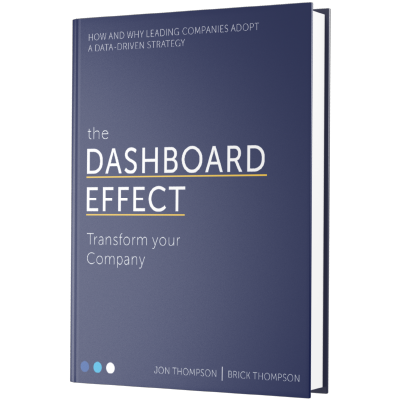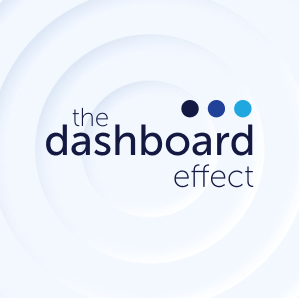Test Drive Our Private Equity Analytics Dashboard
How to Use This Test Drive
This Industry HQ dashboard is an example of business intelligence (BI) best-practices for Private Equity. The above scorecard analyzes the health of PE Firm through key metrics and indicators across eleven areas. Click the double arrow in the lower right to expand the dashboard to full screen. If you’d like to test drive all functionality (filters, slicers, tool-tips, etc.) and see the underlying dashboards for each area, feel free to contact us.
Why Power BI
Private Equity Data Analytics Are
Fast
Make data accessible for your team to make faster decisions using real-time metrics.
High Value
Let automation work for you so you can spend more time on your business.
Easy to Use
Deploy easy-to-use reporting so each member of your team is informed and working from the same playbook.
Why Blue Margin?
We have 13 years of experience helping private equity-backed, mid-market companies execute their data strategies.
Private Equity Expertise
13 years of experience with mid-market companies
- Execute effective data strategies
- Enhance operational efficiency
- Drive business growth
Clients Love Working with Us
Our NPS score of 89 speaks for itself.
- High client satisfaction
- Positive testimonials
- Proven track record
- Project / Portfolio Management
We’re Credentialed
We carry Microsoft’s Gold Partner distinction in:
- Data Analytics
- Data Platform
- Cloud Platform
- Application Integration





